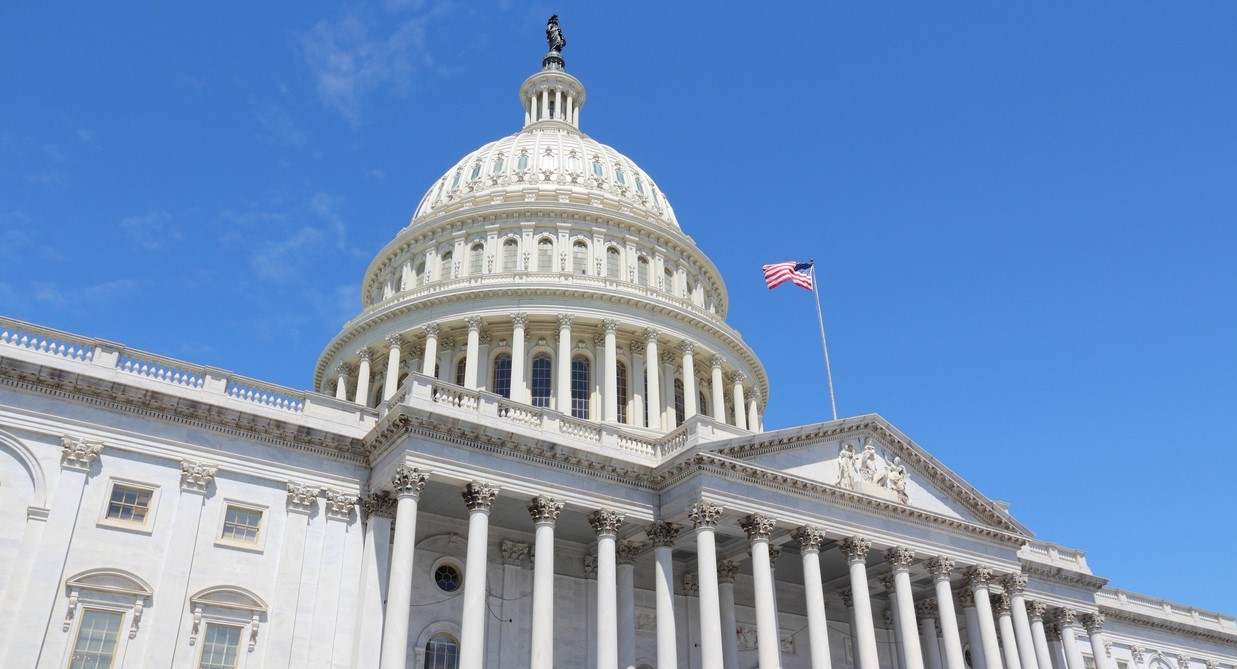In 2008, July officially became National Minority Mental Health Awareness Month, originally designated as Bebe Moore Campbell National Minority Mental Health Awareness Month by the United States House of Representatives. Until her passing in 2006, Bebe Moore Campbell was an author, advocate, co-founder of the National Alliance on Mental Illness (NAMI) Urban Los Angeles, and a national spokesperson, dedicating herself tirelessly to promoting mental health education and eradicating stigma within diverse communities. National Minority Mental Health Awareness Month is observed to recognize the distinct hardships that members of minority communities often face concerning their mental health.
According to the U.S. Department of Health and Human Services Office of Minority Health, in 2021, “only 39 percent of Black or African American adults, 25 percent of Asian adults, and 36 percent of Hispanic/Latino adults with any mental illness were treated, compared to 52 percent of non-Hispanic white adults.” The 2023 Pain in the Nation Report by Trust for America’s Health (TFAH), also found an increase in suicide mortality “by 4 percent between 2020 and 2021 with the highest increases among American Indian/Alaska Native and Black people.” In addition, TFAH’s report also explained that youth who were American Indian/Alaska Native, Black, Latino, and multiracial had the “highest rates of poor mental health behavior and/or suicidal behaviors compared to other groups in 2021.”
Minority communities experience these disparities in mental health outcomes and care due to factors that are beyond their control. Among other social determinants of health (SDOH), discrimination and economic insecurity contribute to the disparities in access and treatment that members of minority communities can encounter.
Cultural and social stigma around mental health issues among minority communities also contributes to poor mental health outcomes in these populations and can act as barriers to necessary mental healthcare. Systemic racism and discrimination present in the healthcare field and among healthcare professionals also prevent individuals of various racial and ethnic groups from receiving the best mental health treatment available. Negative experiences due to these factors can undermine trust in healthcare professionals and result in patients feeling ignored despite serious mental health issues, which can deter patients from seeking or staying in treatment. Lack of trust can also arise from difficulties patients experience in finding providers from the same ethnic or racial group who share similarities in culture, literacy, and language.
Minority individuals are also more likely to be uninsured, raising financial barriers to seeking and receiving mental healthcare. According to the Kaiser Family Foundation, for example, “Nonelderly American Indian and Alaska Native (AIAN) and Hispanic people had the highest uninsured rates at 21.2% and 19.0%, respectively as of 2021.”
Policy recommendations to address these disparities and barriers can range from prevention efforts, increases in funding, and systemic improvements to the healthcare system. Policy recommendations by TFAH to advance health equity include enacting and funding the Health Equity and Accountability Act, as well as increasing funding for the Centers for Disease Control and Prevention’s (CDC) Racial and Ethnic Approaches to Community Health (REACH) program and its Healthy Tribes program to provide support for all approved applicants. As mentioned in TFAH’s Pain in the Nation Report, TFAH also recommends that Congress support policies and programs that address SDOH to better implement interventions at both an individual and community level; this should include increased CDC funding and a greater emphasis on the importance of screening for SDOH in the healthcare system. Continuous efforts to reduce stigma and bring positive messaging will also encourage individuals in minority communities to seek mental health screening and care. Efforts to ensure accessible mental healthcare, including through enforcement of the Mental Health Parity and Addiction Equity Act and passage of the Effective Suicide Screening and Assessment in the Emergency Department Act, should also be prioritized.
Mental health is a critical public health issue. It is important to understand and recognize the mental health disparities and unique struggles faced by racial and ethnic groups to better help these populations overcome mental health barriers. Acknowledging that minority communities continue to face disproportionate mental health challenges–and responding accordingly on the federal level–can increase awareness of this public health issue and help ensure individuals in minority communities achieve optimal health.







